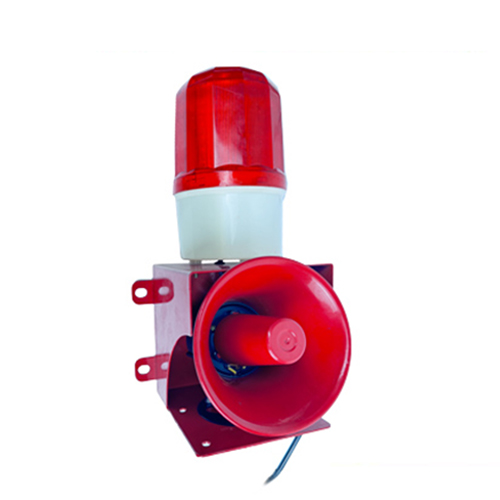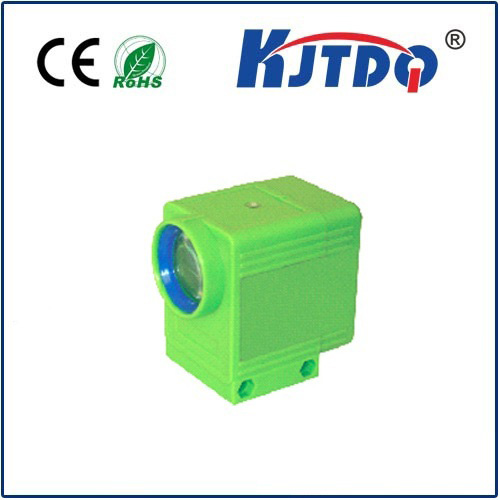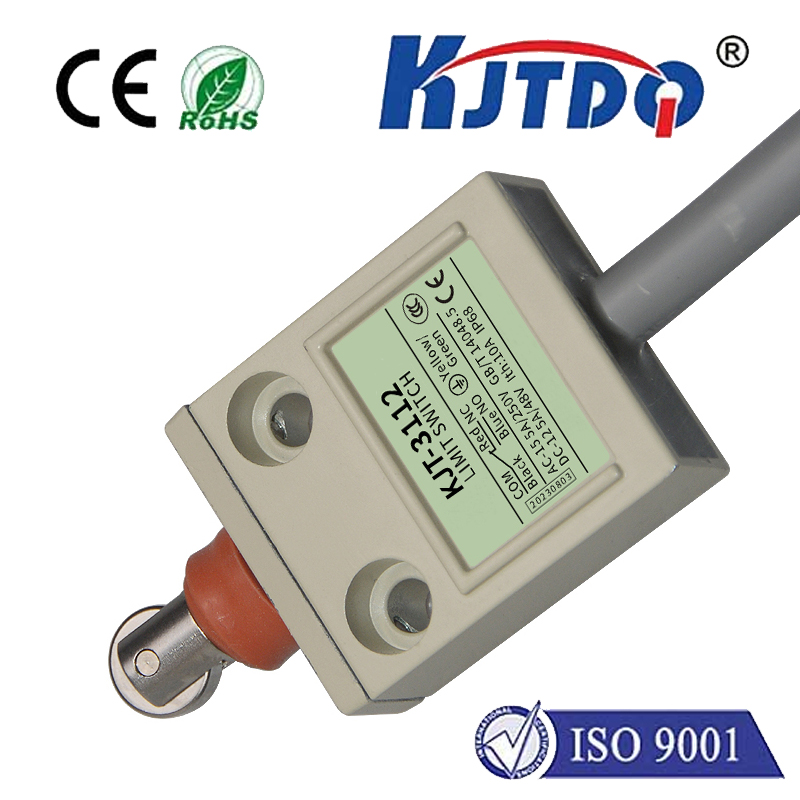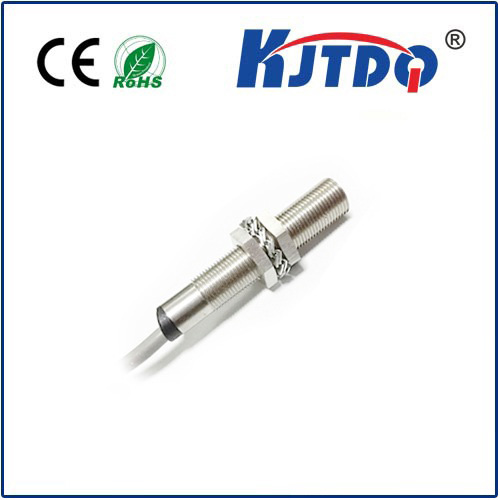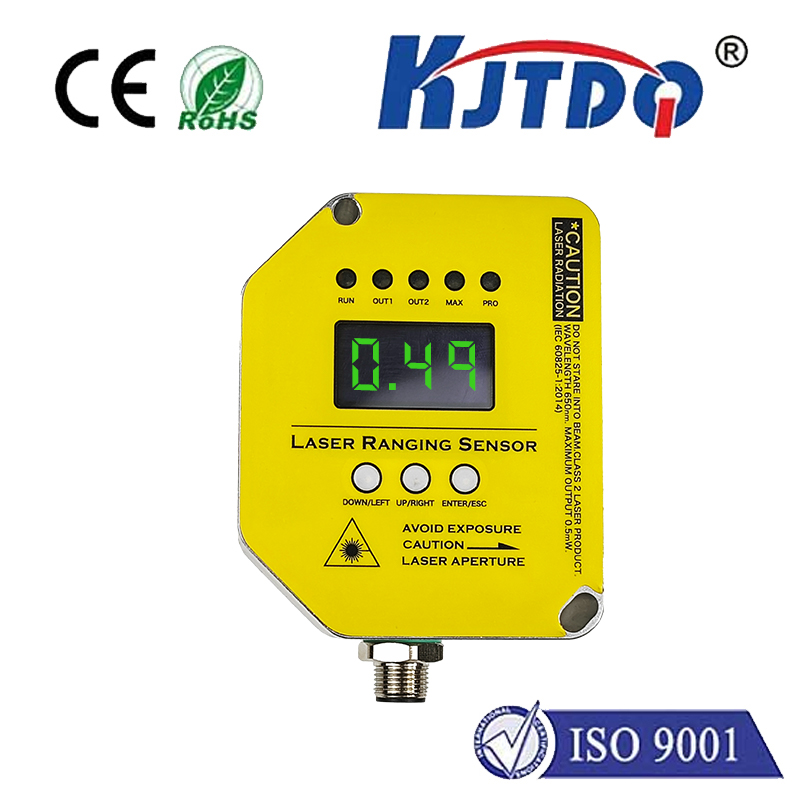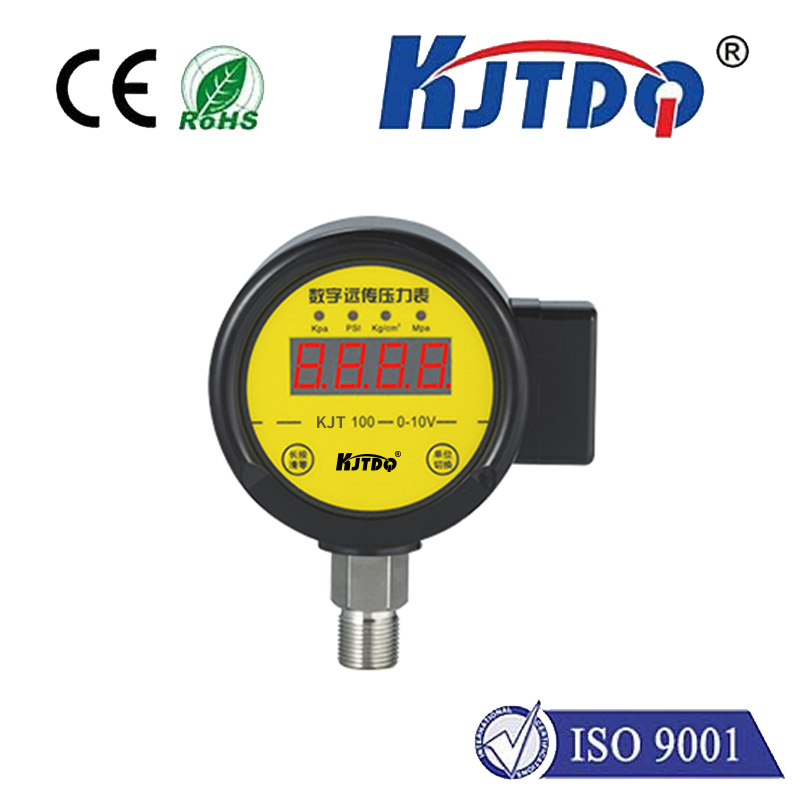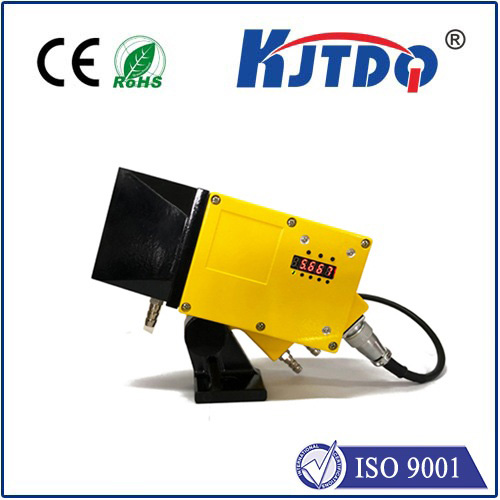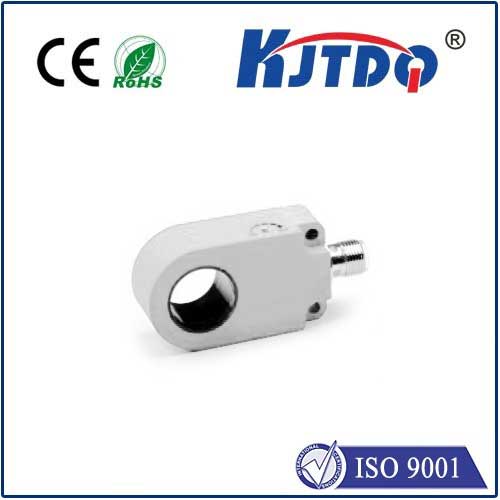timing reference optical sensor
- time:2025-08-16 01:08:52
- Click:0
Timing Reference Optical Sensors: The Unseen Synchronizers Powering Precision
Imagine coordinating the intricate dance of robotic arms on a factory floor, ensuring thousands of laser pulses fire in perfect sequence for scientific discovery, or guaranteeing a high-speed camera captures an instant of impact without a hint of blur. What invisible conductor orchestrates such feats of split-second timing? Meet the timing reference optical sensor, the critical component translating light into the precise electronic pulses that keep our most demanding technologies perfectly in sync.
Far more specialized than simple light detectors, these sensors are engineered for one paramount objective: converting an incoming optical signal into an exceptionally accurate and stable electrical timing reference. This reference pulse becomes the “heartbeat” for systems where microsecond, nanosecond, or even picosecond synchronization isn’t just desirable – it’s absolutely essential for functionality, safety, and data integrity.
Demystifying the Core Function

At its heart, a timing reference optical sensor operates on photodetection principles. When photons strike its sensitive area (typically a photodiode made from silicon, InGaAs, or similar materials), they generate electron-hole pairs, creating a small electrical current. However, the critical distinction lies in how this signal is processed and utilized:
- High-Speed Response: These sensors are designed for minimized rise/fall times, allowing them to react incredibly quickly to changes in light intensity. This ensures the electrical output pulse accurately mirrors the onset of the optical signal.
- Exceptional Signal-to-Noise Ratio (SNR): Minimizing electrical noise (thermal noise, shot noise, amplifier noise) is paramount. A high SNR ensures the timing pulse is clean and unambiguous, preventing false triggers or jitter from noise fluctuations.
- Low Temporal Jitter: Jitter refers to the undesired variation in the timing of the output pulse relative to the actual optical event. Timing reference sensors are optimized for ultra-low jitter, meaning the pulse arrives with extremely consistent timing, pulse after pulse. This is often the defining performance metric.
- Stable Output Characteristics: Uniformity of pulse amplitude and shape across triggers and over time ensures downstream electronics can reliably interpret the timing signal without recalibration or errors.
Where Precision Timing Dictates Success
The unique capabilities of timing reference optical sensors make them indispensable across diverse high-tech fields:
- Industrial Automation & Robotics: Synchronizing the movements of multiple robot arms, coordinating high-speed assembly lines, triggering machine vision inspection systems, and ensuring safety laser scanners react instantly to intrusions all depend on precise timing references.
- Scientific Research: Particle accelerators rely on them to synchronize detectors spread over vast distances. Laser spectroscopy techniques like pump-probe experiments demand femtosecond-level synchronization between excitation and probe pulses. Quantum computing and communication often require precise timing of single-photon sources and detectors.
- Optical Communication Networks: In high-speed fiber optic links, particularly those using advanced modulation schemes or time-division multiplexing, reliable clock recovery is crucial. Timing reference sensors can provide the initial stable pulse needed in receiver circuits or for system-wide synchronization.
- Test & Measurement: High-bandwidth oscilloscopes and logic analyzers often use optical timing references for internal calibration or to trigger external events with extreme precision. Calibrating time-interval counters requires a source of known stability.
- LiDAR (Light Detection and Ranging): Particularly in scanning and Flash LiDAR systems for autonomous vehicles and surveying, determining the time-of-flight of a pulse requires an extremely accurate reference point for when the pulse was emitted. The trigger sensor initiating the laser pulse must have minimal jitter.
- Defense & Aerospace: Secure communications, directed energy systems, targeting, and navigation systems often utilize optical timing references for synchronization impervious to electromagnetic interference (EMI).
Key Considerations in Sensor Selection
Choosing the right timing reference optical sensor requires careful evaluation against the application’s specific demands:
- Required Timing Resolution & Jitter: What is the acceptable timing uncertainty? Nanosecond? Picosecond? This drives the choice of photodiode material and amplification circuitry.
- Wavelength Range: Is the sensor optimized for visible, near-infrared (NIR), or short-wave infrared (SWIR) light? Matching the sensor’s spectral response to the light source is critical.
- Signal Type: Is the source a pulsed laser, a modulated LED, or a sharp optical edge? The sensor must handle the expected pulse width, repetition rate, and signal levels.
- Sensitivity & Dynamic Range: How faint or bright can the optical signal be? The sensor needs sufficient sensitivity without saturating on high light levels.
- Output Signal Format: Does the application need a standard digital pulse (TTL, LVDS, ECL), an analog voltage proportional to intensity (less common for pure timing), or a specialized high-speed differential output?
- Robustness & Environmental Tolerance: Factors like operating temperature range, resistance to vibration, shock, or EMI may be critical, especially in industrial or aerospace settings.
The Often Overlooked, Always Critical Component
While they may reside unseen within complex systems, timing reference optical sensors are fundamental enablers of modern technological precision. Their ability to generate a stable, low-jitter electronic pulse from a fleeting optical event provides the temporal foundation upon which countless advanced processes are built. From unlocking the secrets of matter to enabling the factories of the future and powering secure global communications, their role as the silent conductors of micro-time is undeniable. As demands for speed, accuracy, and coordination continue to escalate across industries, the development and refinement of these specialized sensors will remain crucial for pushing the boundaries of what’s technologically possible. Their contribution, measured in billionths of a second, has an impact measured in leaps forward.












